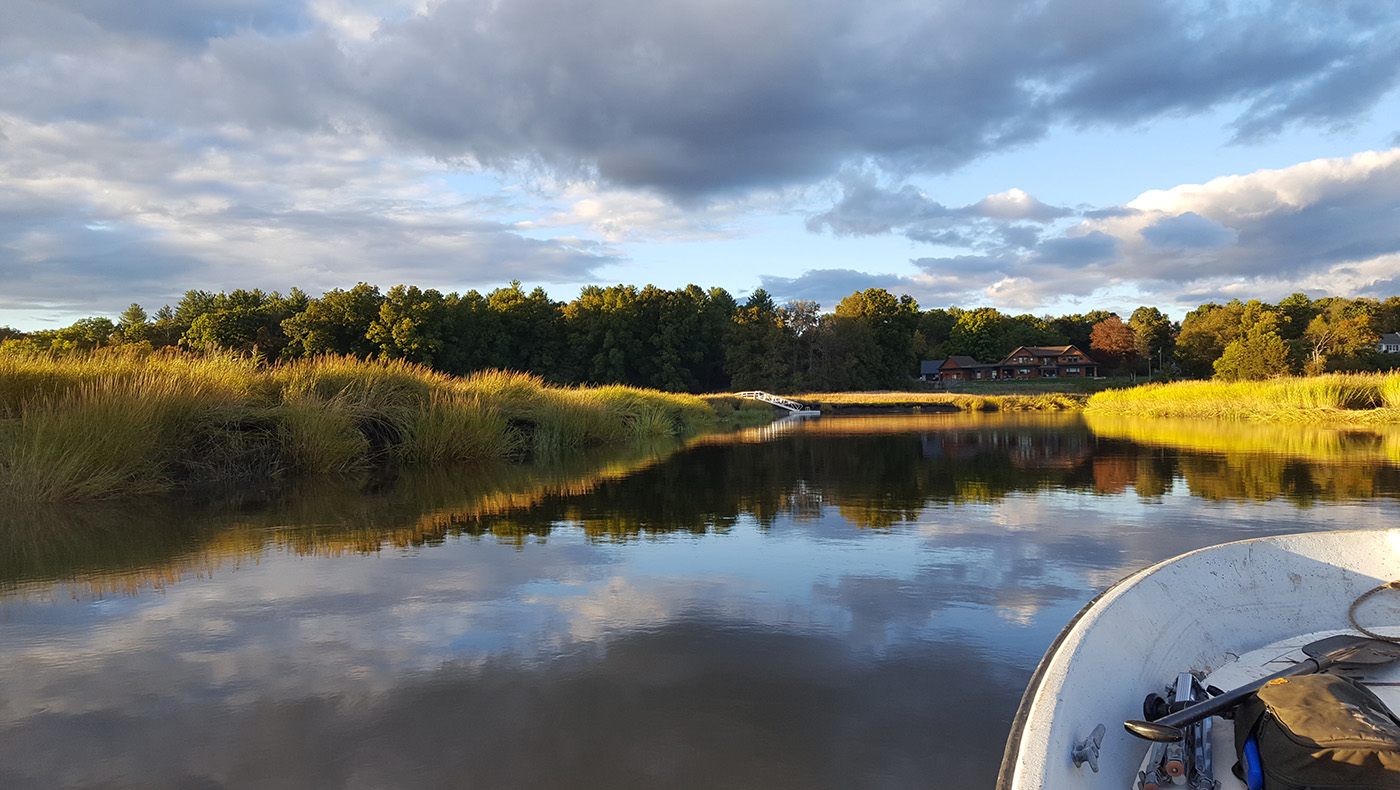The Simons Foundation has awarded $8.4 million to support collaborative research in coastal tidal marshes, via a cluster of seven linked project awards through its Life Sciences division.
The project, “Ecosystem on the Edge: How Coastal Marsh Plants and Microbes Thrive in an Oscillating Environment,” is led by Zoe Cardon at the Marine Biological Laboratory (MBL) in collaboration with Jennifer Bowen (Northeastern University), Inke Forbrich (University of Toledo), Anne Giblin (MBL), Charles Harvey (MIT), Marco Keiluweit (University of Lausanne), and Amanda Spivak (University of Georgia).
Oscillations are the rule in coastal marsh. Tides sweep back and forth through marsh soils, and the green marsh plants pull water from the soil on a daily basis. But how this constantly pulsing environment shapes and even dictates rhythmic interactions among plant roots, microbes, and soil-water chemistry is the question. This question is important, because these interactions drive coastal marsh ecosystem functions on which humanity increasingly depends.
“It’s very unusual and exciting to be able to combine such a diverse set of scientists into one big interdisciplinary project focused on the function of these important ecosystems,” Cardon said. “Coastal marshes have the capacity to be our powerful allies as global change intensifies.”
This environmental allyship takes many forms. Marsh plants are extraordinarily productive and carbon in marsh soils can be stored for thousands of years. Marshes are hotspots of greenhouse gas consumption and production, biogeochemical powerhouses cleansing water and recycling nutrients, critical nurseries for fish and shellfish, and physical buffers conferring coastal protection from increasingly energetic storms. But these ecosystem services are threatened by sea level rise, climate change, and the increasing impact of humanity’s coastal footprint, making the planned research even more timely.
“My work focuses on using tools from molecular biology to understand how the diverse metabolisms of microbes affect the ecosystem services provided by marshes,” Bowen said. “But this project brings together a unique combination of researchers, including hydrologists, plant physiologists, organ biogeochemists, and ecosystem ecologists, which will really help us break new ground in our understanding of the hydrological controls on marsh functioning.”
The “CMarsh” project will be located at the Plum Island Ecosystems Long Term Ecological Research (PIE-LTER) site north of Boston, the largest remaining tidal wetland complex in the northeastern United States. It will continue for four years.
“I’m very excited about this project,” said Giblin, who is lead principal investigator at the PIE-LTER. “It will give me a chance to look in detail on the controls and impacts of iron and sulfur cycling with a team that can really help us understand mechanisms.”
Photo by Zoe Cardon/Marine Biological Laboratory

